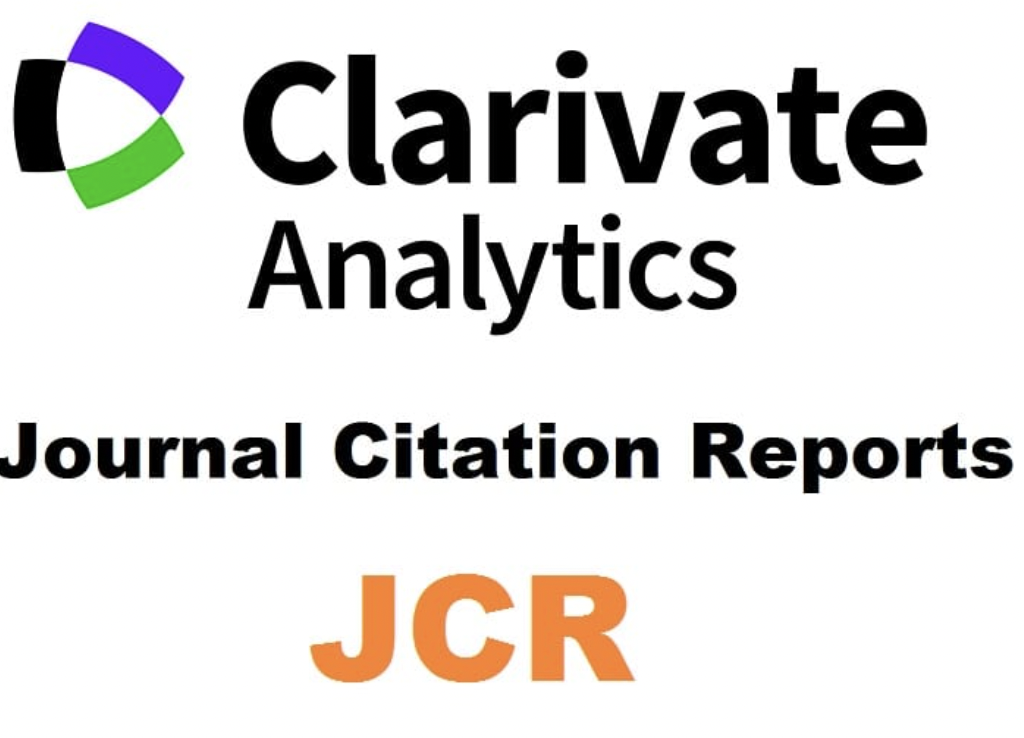EARLY ENGLISH PRINTING AND THE HANDS OF COMPOSITORS
Abstract
This paper examines soine distinctive uses of typefaces by Caxton's compositors in his early products at Westminster and illustrates how useful such examples are in revealing the chronology of actual book production, as well as in identifying the compositors at work on individual volumes. An exhaustive analysis of early printed books can provide us with information about compositors at work in England's earliest printing house. This paper therefore argues that it is inost definitely worth considering such 'inechaiiical' aspects of book design as typography when editing any printed text, and introduces most recent research results contributed by a project at Keio University, which airns to establish a semiautomatic system that can transcribe every feature of the printed text including even minute differences in types.Downloads
-
Abstract183
-
PDF164
The works published in this journal are subject to the following terms:
1. The Publications Services at the University of Murcia (the publisher) retains the property rights (copyright) of published works, and encourages and enables the reuse of the same under the license specified in item 2.
2. The works are published in the electronic edition of the magazine under a Creative Commons Attribution Non-commercial Share Alike 4.0.
3.Conditions of self-archiving. Authors are encouraged to disseminate pre-print (draft papers prior to being assessed) and/or post-print versions (those reviewed and accepted for publication) of their papers before publication, because it encourages distribution earlier and thus leads to a possible increase in citations and circulation among the academic community.
RoMEO color: green







